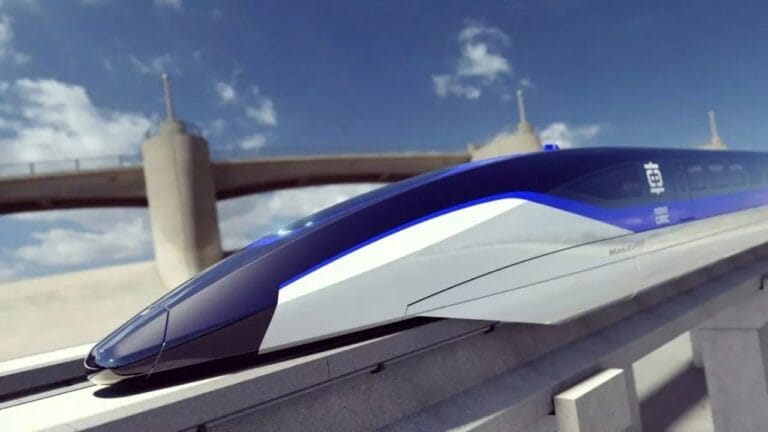
The Role of CNG in Cutting Pollution Before EVs Take Over

Table of Contents
Being stuck in traffic is more than just frustrating. The fumes from vehicle exhaust, especially carbon monoxide and nitrogen oxides, affect our health, causing dizziness and long-term exposure risks.
While electric vehicles (EVs) are the ultimate solution for clean urban mobility, their adoption in India will take time due to infrastructure and cost challenges.
In the meantime, CNG offers a cleaner, affordable alternative that supports both environmental and business sustainability.
What is CNG and how is it used in India
The full form of CNG is Compressed Natural Gas. CNG is natural gas stored at high pressure for use as a vehicle fuel. Its primary component is methane, which burns cleaner than petrol or diesel, producing fewer greenhouse gases and particulate matter.
In India, CNG is primarily used in buses, taxis, and personal vehicles, particularly in cities such as Delhi and Mumbai, where air pollution levels are a significant concern. The Petroleum and Natural Gas Regulatory Board provides guidelines on safe CNG usage, ensuring consistent standards for distribution and refuelling.
Environmental Impact of CNG
CNG offers several environmental benefits compared to petrol and diesel.
It burns more completely because of its high hydrogen and low carbon content, which reduces carbon monoxide, nitrogen oxides, and particulate emissions. In fact, studies by the Central Pollution Control Board show that CNG vehicles can reduce carbon monoxide emissions by up to 70% compared to diesel engines.
From a sustainable business perspective, adopting CNG in fleet operations, logistics, and public transport reduces the environmental footprint while lowering operating costs.
CNG is also economically attractive due to government subsidies and tax incentives in India, making it a viable transitional solution before EVs dominate the market.
Automakers and Sustainable Business Models
Major Indian automakers such as Maruti Suzuki, Tata Motors, and Hyundai have introduced factory-fitted CNG vehicles to meet growing demand. These vehicles offer higher fuel efficiency and lower emissions, making them a practical choice for households and commercial fleets alike.
Startups and SMEs are also entering the market with specialised solutions: CNG kit manufacturing, station maintenance, safety audits, and digital platforms for station location mapping. These businesses are helping scale CNG adoption, creating jobs, and building an ecosystem around sustainable transport.
Challenges of Using CNG in India
Despite its benefits, CNG adoption faces obstacles. The limited number of refuelling stations in India restricts accessibility, and converting petrol or diesel vehicles to CNG can be expensive.
Safety remains a concern because CNG is highly flammable and requires specialised storage and handling.
Infrastructure investment is another challenge. Setting up a CNG station involves pipelines, compressors, and storage tanks, requiring significant capital. Regulatory and technical compliance adds further complexity, particularly for private businesses looking to adopt CNG at scale.
CNG as a Transitional Fuel for Sustainable Transport
While CNG is not a perfect solution, it plays a crucial role in reducing urban pollution as India transitions to electric mobility. Cities like Delhi have demonstrated the effectiveness of switching public buses and taxis to CNG, showing measurable improvements in air quality and public health. CNG can also serve industrial applications such as generators and boilers, reducing carbon emissions in sectors that are difficult to electrify immediately.
For sustainable businesses, integrating CNG into transportation or operations provides a cost-effective way to reduce environmental impact while maintaining efficiency. It acts as a bridge fuel, helping companies and municipalities cut pollution today while preparing for a future dominated by electric vehicles and renewable energy sources.
The Future of CNG in India
Technological advancements are improving the efficiency of CNG engines, storage systems, and refuelling stations. Additionally, renewable natural gas (RNG) derived from organic waste is emerging as a cleaner alternative, which could further enhance the sustainability of CNG usage. For businesses and households in India, CNG adoption is a practical step toward cleaner air and lower emissions, even as EV adoption scales up in the coming years.
By focusing on fleet electrification where possible and CNG adoption elsewhere, India can achieve a meaningful reduction in urban air pollution. CNG will continue to play a transitional role, particularly in commercial transport and high-use public services.
Frequently Asked Questions
How much does it cost to convert a vehicle to run on CNG?
The cost depends on the type of vehicle, with conversion kits typically starting around ₹60,000. Professional installation is necessary for safety and performance.
How can I find CNG filling stations near me?
You can find CNG refuelling stations in India by using apps and online platforms like Goodreturns CNG Locator & Nawgati (CNG Eco Connect) on Google Play or by visiting station locator pages on the websites of energy companies such as Jio-bp, Torrent Gas, Adani Gas, and Hindustan Petroleum.
Can CNG vehicles be used in cold-weather climates?
Yes, but fuel efficiency may slightly decrease, and engines might take longer to start in extreme cold.
Can CNG be used in hybrid or electric vehicles?
Yes, with a dual-fuel or conversion system, though this setup is more complex and less common in India.








